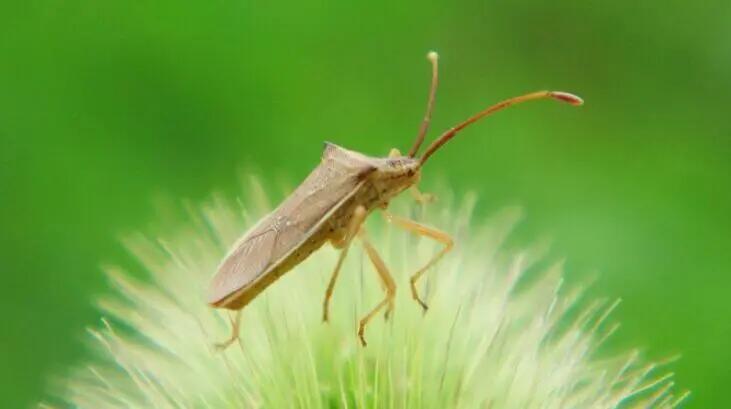pest
Aphis glycines
Sucking on the juice of the tender branches and leaves of soybean, the affected plants often have young leaves curled up, the root system is poorly developed, the growth stagnates, the number of bearing branches and pods decreases, and the yield decreases.
Prevention and control methods:
(1)Agricultural control: timely eradicate weeds at the edge of fields, ditches and ponds to reduce the source of pests.
(2)The silver gray film was used to avoid aphids, and the yellow board was used to trap and kill aphids based on their yellow tendency.
(3)Biological control: use ladybirds, lacewings, aphid eating flies, small flower bugs, tobacco aphid cocoon bees, vegetable aphid cocoon bees, aphid wasps, aphid molds, etc. to control aphids.
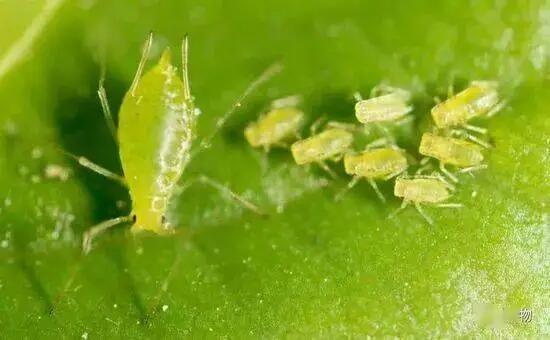
Powdery mildew
It mainly eats cotton buds, flowers and bolls with larvae. After the bud is eaten, the bracts open and turn yellow, and fall off after 2-3 days; After the stigmas and anthers of flowers are damaged, they cannot be pollinated and bolled; When green bolls are eaten into cavities, they often cause bacterial infection, resulting in rotten bolls.
Prevention and control methods:
(1) Plant insect resistant varieties, such as transgenic Bt cotton.
(2) The crops shall be rationally distributed. Reasonable intercropping and interplanting of cotton with wheat, rape, corn and other crops or flower arrangement planting can enrich natural enemy resources in cotton fields.
(3) Cultivated land will kill pupae. In winter, deep turning over winter irrigation can destroy the pupa chamber, and in combination with winter irrigation, the overwintering pupa can suffocate and die. After wheat harvest, timely intertillage and stubble elimination can reduce the emergence rate of adults.
(4) Spraying phosphorus to repel moths. Spraying 2% calcium superphosphate extract in cotton field during the peak spawning period can drive moths to spawn and reduce damage.
(5) Artificial disinfestation. In the peak spawning period of adults, pruning, pinching, weeding, and pruning of cotton branches are combined to remove the young parts from the cotton field for destruction, which can eliminate a large number of eggs and larvae.
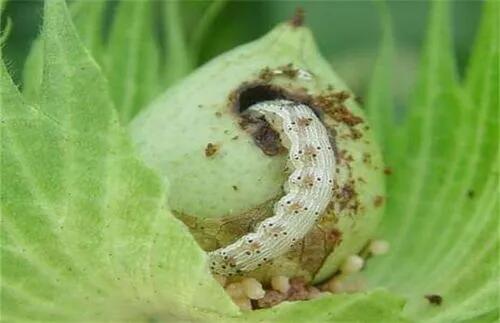
SericaorientalisMotsch
Adults feed on the tender buds, new leaves and flowers of fruit trees, and often gather in groups to overeat young leaves, causing serious harm
Prevention and control methods:
Use lights to trap and kill adults. During the occurrence of adults, shake them down and kill them in the evening. At the larval stage, the hole was pierced on the surface and the 50% dichlorvos 500 times solution or 90% trichlorfon 500 times solution was used for perfusion. The effect was good. At the adult stage, spraying 3% beta permethrin microcapsule suspension or 2% thiacloprid microcapsule suspension 500~600 times is effective.
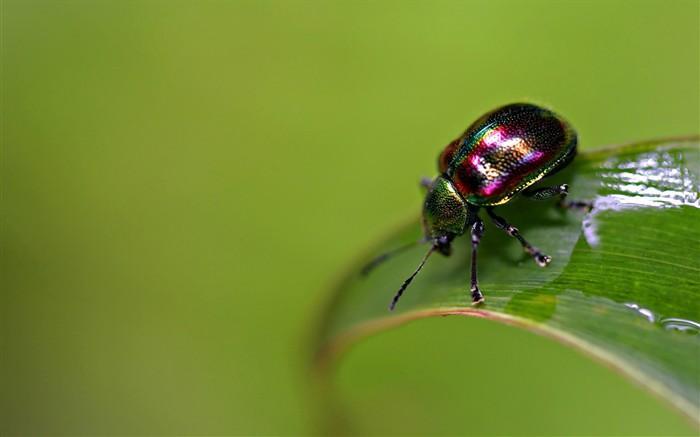
Leguminivora glycinivorella Matsumura
Fusarium wilt is a systemic disease that infects the whole plant. The infected plants grow short, and the leaves gradually turn yellow to yellow brown wilting from bottom to top at the initial stage of infection.
Prevention and control methods:
Vaseline insecticides: The frog hole can be stuffed with Vaseline oil to make the air not circulate, which will suffocate the moth. If it fails, the iron wire can be inserted into the frog hole to hook out the insect. If the moth is stabbed to death, the attached slurry will appear on the wire head

Pantatomidae
Both Chinese toon nymphs and adults use sharp oral needles to pierce the cortex of the host and absorb tissue juice. When the Chinese toon eats, the mouth needle sheath folds and bends, and the mouth needle directly penetrates into the tissue to cause damage, which stops the growth of the injured part and kills the injured tissue. The early and middle damaged fruits are "monkey fruit", and the late damaged fruits are sponge tissue. The seriously damaged fruits lose their economic value.
Prevention and control methods:
(1) Artificial control: Adults and nymphs often inhabit leaves or fruits around the crown in the morning or evening or in rainy weather, and can be killed in the morning or evening when the dew is still wet and inactive.
(2) Biological control: The natural enemies of citrus stink bug are abundant, and there are many known species, such as yellow beetle ant, parasitic wasp, mantis, spider, etc., which should be protected and utilized.
(3) Chemical control: if there are too many pests to be solved by manual control, 80% dichlorvos emulsion 1000 times dilution or 90% trichlorfon crystal 800~1000 times dilution can be used for spray.
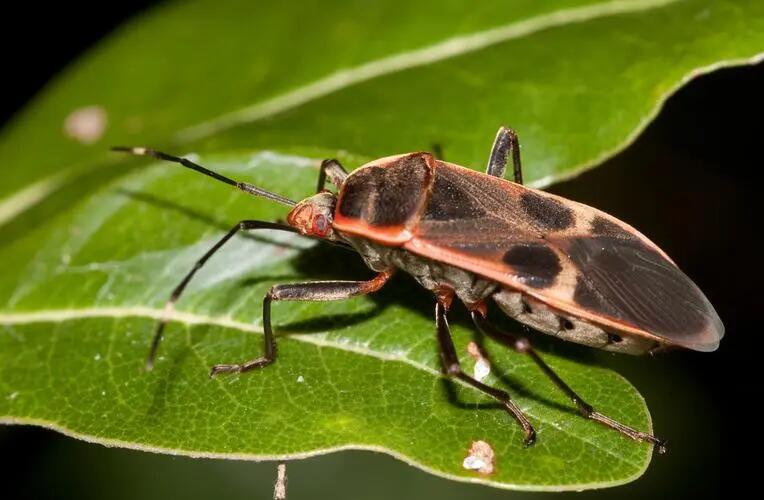
Adelphocoris lineolatus
Adults lay eggs on overwintering hosts, and usually lay eggs at night. They use their beaks first at the proper position, then each puncture a small hole, and lay one egg in it. The egg is inserted vertically or slightly obliquely into the tissue, and the egg cover is slightly exposed, like a small nail. The tissue at the spawning site is gradually split, and one ovulation is slightly exposed.
Prevention and control methods:
Medicament control is the main method in alfalfa field, and organic phosphorus agents such as 50% malathion emulsifiable concentrates or 50% phoxim emulsifiable concentrates, 50% phoxim emulsifiable concentrates 1000~1500 times, 4.5% highly effective cypermethrin emulsifiable concentrates 1500~2000 times are sprayed at the initial stage of occurrence; The pyrethroids such as 2.5% Dichlor EC, 2.5% Kongfu EC or 2000 times of 20% Metsulfuron EC, as well as the organic phosphorus and pyrethroid compound such as 50% Cinnamomum Dichlor EC, can achieve good control effect.
